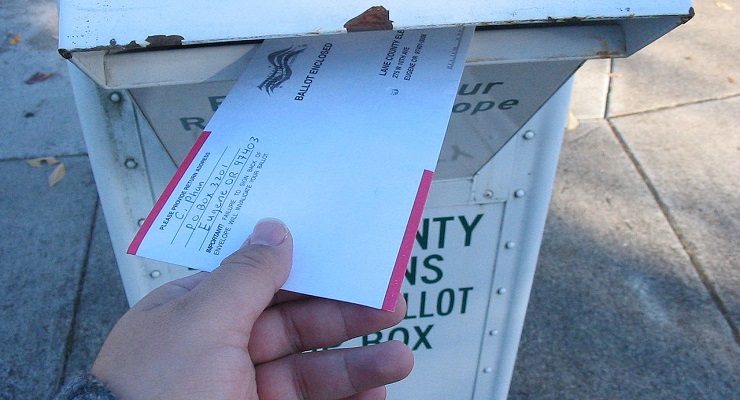
This interesting working paper is drafted by Jesse Yoder, Cassandra Handan-Nader, Andrew Myers, Tobias Nowacki, Daniel M. Thompson, Jennifer A. Wu, Chenoa Yorgason, Andrew B. Hall
The 2020 U.S. election saw high turnout, a huge increase in absentee voting, and brought unified Democratic control at the federal level — yet, contrary to conventional wisdom, these facts do not imply that vote-by-mail increased turnout or had partisan effects. Using nationwide data, we find that states newly implementing no-excuse absentee voting for 2020 did not see larger increases in turnout than states that did not. Focusing on a natural experiment in Texas, we find that 65-year-olds turned out at nearly the same rate as 64-year-olds, even though 65-year-olds voted absentee at much higher rates than 64-year-olds because they could do so without having to provide an excuse. Being old enough to vote no-excuse absentee did not substantially increase Democratic turnout relative to Republican turnout, as the increase in Democratic absentee voting was offset by decreases in Democratic in person voting. Together, the results suggest that no-excuse absentee voting mobilized relatively few voters and had at most a muted partisan effect despite the historic pandemic. Voter interest appears to be far more important in driving turnout.
Visit here for pdf link.
Leave a Reply